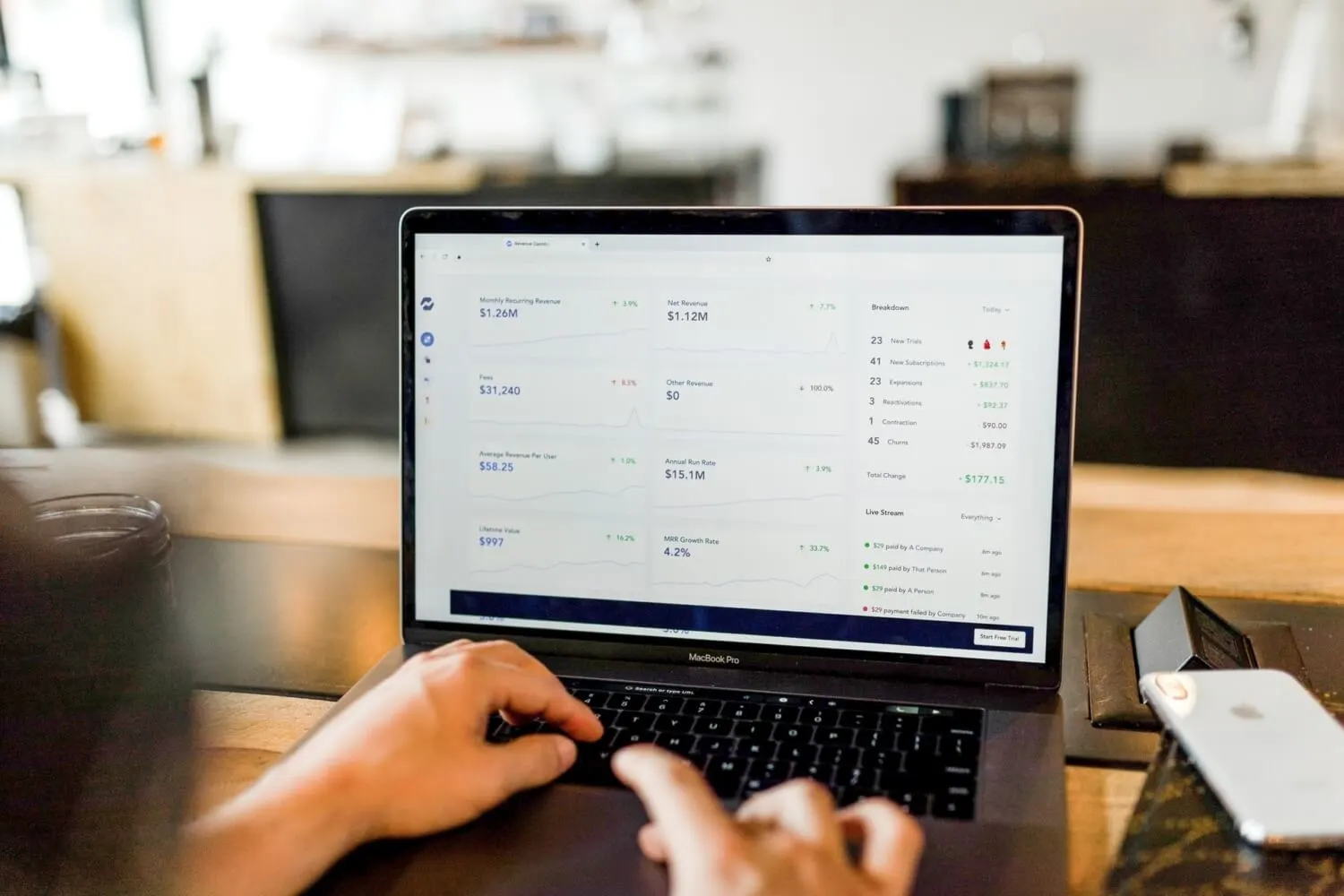Originally published August 17, 2015 , updated on September 17, 2024
Secondary market research plays a pivotal role in laying the foundation for an accurate, effective, goal-driven market research project. The term “secondary” may lead one to believe this initial stage in the market research process to be quick and easy. Also, perhaps slightly less important than primary market research. The fact of the matter, however, is that this type of research is invaluable to business owners around the globe.
Secondary market research often eliminates the need for more expensive resources. In seeking out data that already exists and using it to pin-point market trends, compile customer databases, and document competitor comparisons, to mention a few. Large amounts of industry specific research data are available through universities and colleges. That’s simply because this is a hub for budding researchers and analysts. Using this type of research lowers the need for expensive market research professionals. That’s because the information is right at one’s fingertips.
According to Marketing 91, 75% of business owners and entrepreneurs make use of secondary market data from various sources. For example, governmental statistics, census data, industry figures, and previously published case studies. They use them to lay the groundwork for their primary research projects. Furthermore, 82% of business owners are said to use secondary data to keep a finger on their competitors’ pulse.
With a veritable smorgasbord of information readily available at the click of a mouse, there is no denying that secondary research is prime ammunition for any market research project.
Post Views: 1079


















